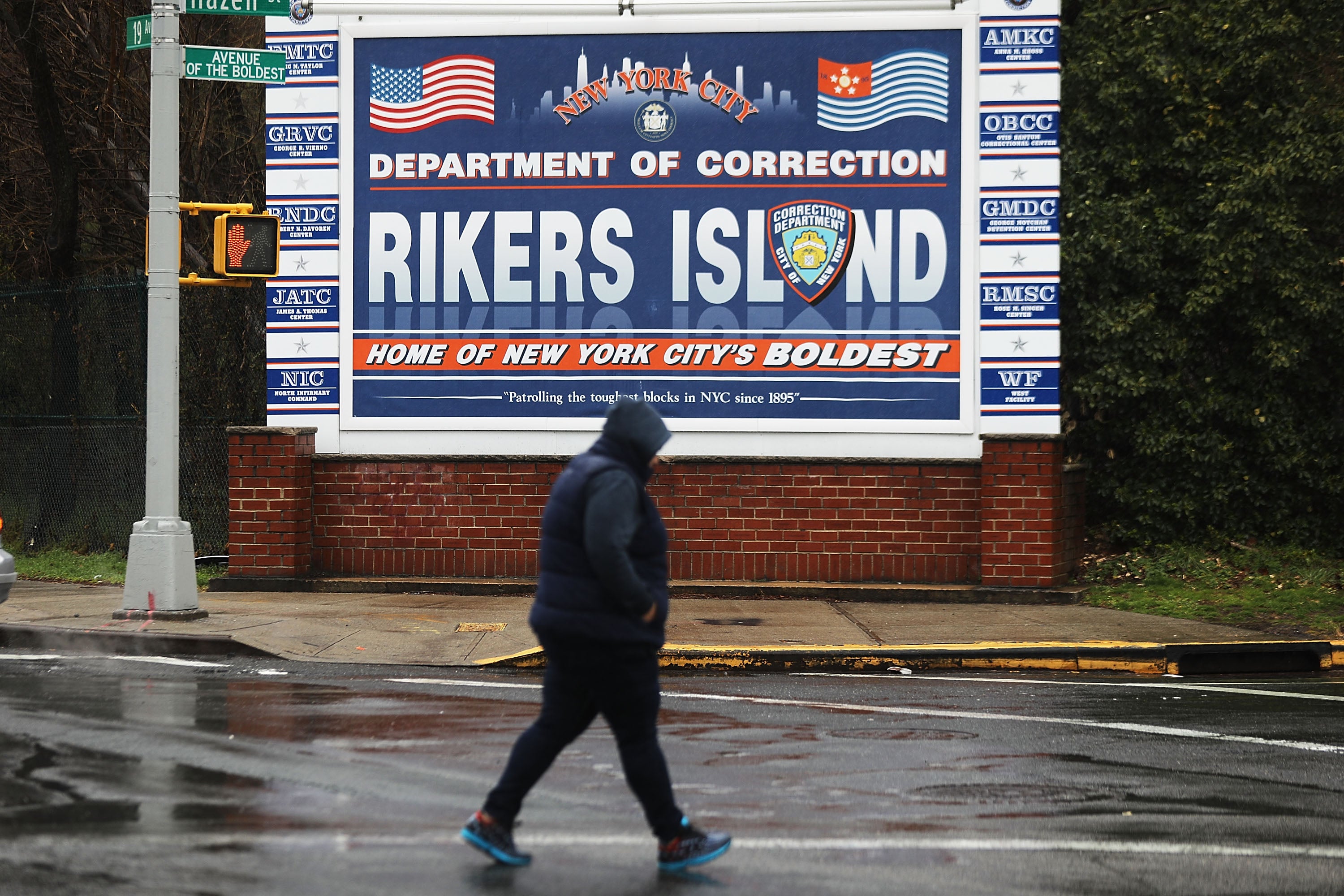
New York City Mayor Bill de Blasio announced Friday his plans to close Rikers Island — the troubled jail complex riddled with mismanagement and corruption — just a year after he said the idea was “unrealistic.”
De Blasio, who once rejected the idea because it would “cost many billions of dollars,” said the move to close the embattled complex will take a number of years and tough decisions, the New York Times reports. The $10.6 million closure would require moving inmates off the island and into manageable jails in the city’s boroughs, according to recommendations in an independent commission cited by the Times.
“The commission believes that the use of Rikers Island must be phased out over the next 10 years and its facilities demolished,” the report recommends.
But many challenges are expected to arise in the decade-long closing of NYC’s infamous jail. Details of the action plan have not yet been announced, including the location of the new facilities and the uphill battle that is sure to take place due to neighborhood opposition. Activists and organizers — who have long touted the closure as a human rights issue due to the ongoing violence and neglect reported on the island — support the idea of moving smaller jails into boroughs to provide safer conditions for inmates, more services and proximity to courts, which could reduce the city’s budget.
Subscribe to our daily newsletter for the latest in hair, beauty, style and celebrity news.







While de Blasio has made moves to address the conditions of the jail, including the use of force demonstrated by correctional officers and solitary confinement as documented in a 2015 federal court settlement, his motivation behind closing the island was one of intake. The jail’s walls have seen fewer and fewer inmates, a change he credits with how law enforcement handles “lower level crimes,” ABC News writes.
Even so, it will be some time before action is put in place behind de Blasio’s pledge. As noted by the Times, the already declining population of Rikers will need to be lowered, presenting another set of problems about how the Mayor’s office addresses the criminal justice system as a whole.
This is a developing story.





